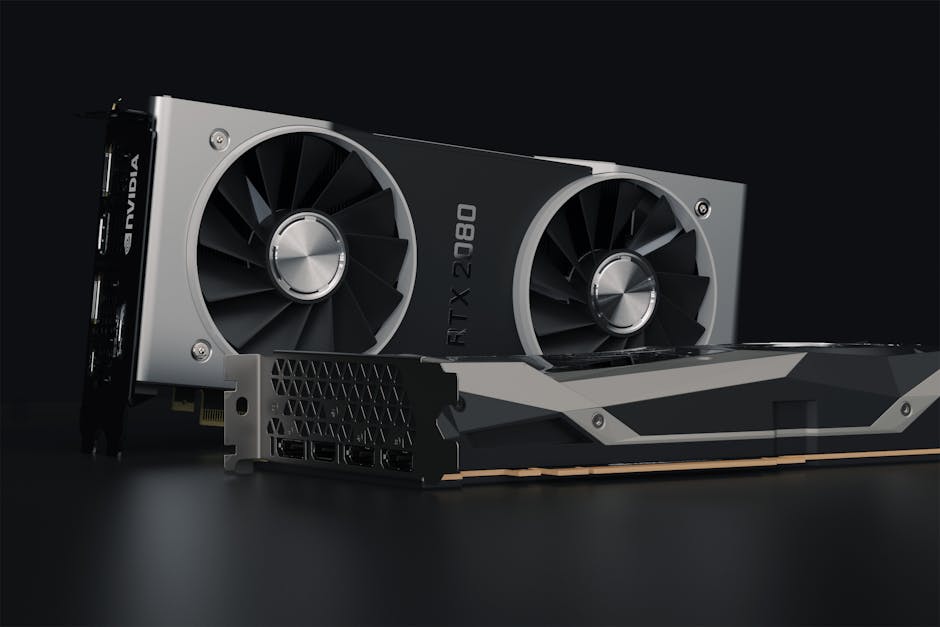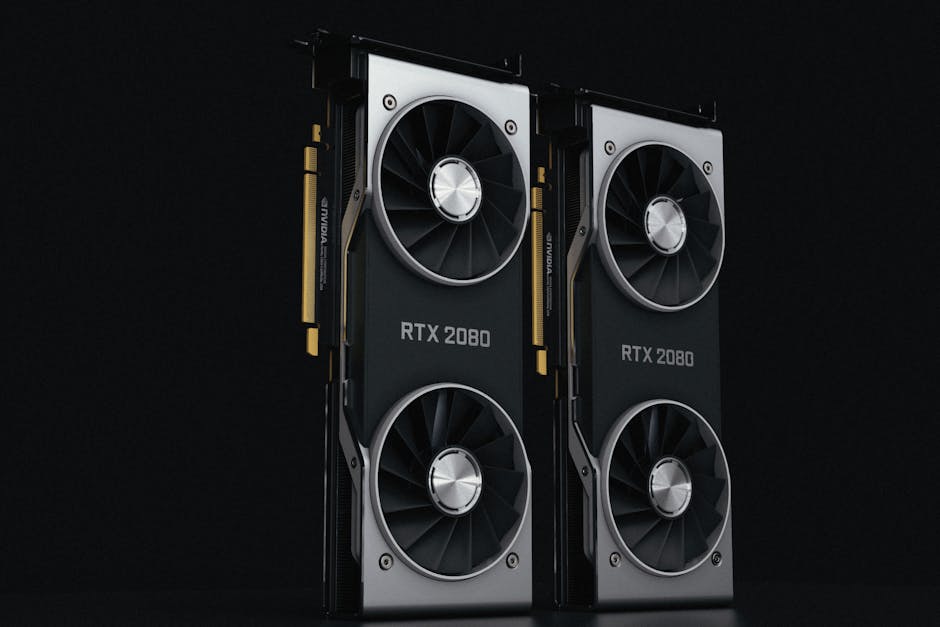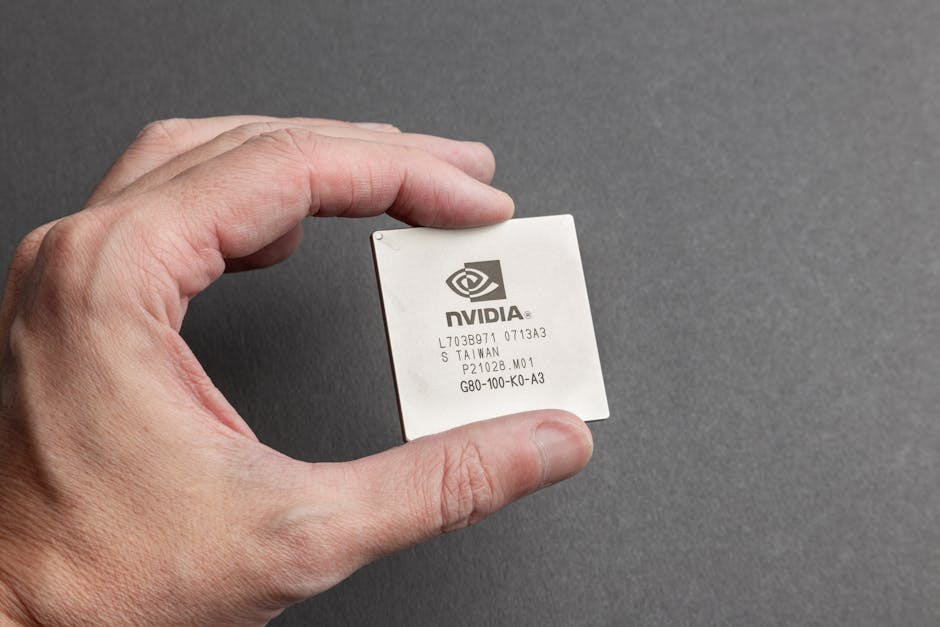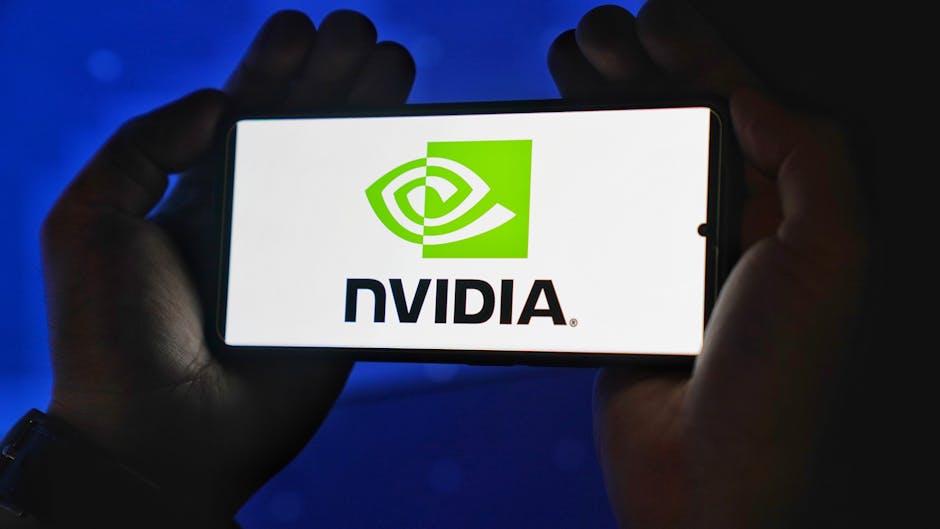Nvidia Partners with Nokia to Advance AI-Powered 6G Networks
Nvidia has announced a groundbreaking partnership with Nokia, committing a hefty investment of US$1 billion to incorporate AI technologies into Nokia’s radio access network (RAN) portfolio. This strategic collaboration aims to revolutionize telecom infrastructure by embedding artificial intelligence natively into 5G-Advanced and future 6G networks. By doing so, Nvidia and Nokia are setting the stage for AI-driven innovation that will redefine the capabilities of modern networks. According to research by Omdia, the AI-RAN market is projected to exceed US$200 billion by 2030, highlighting the enormous potential and demand for this technology in the coming years.
Nvidia’s Vision for AI in the Telecom Industry

Pexels
As part of this collaboration, Nvidia brings its cutting-edge AI platforms to Nokia’s RAN portfolio, enabling telecom operators to implement AI-native networks. This advanced approach will empower operators to run AI processes closer to the edge of networks instead of relying solely on centralized data centers, which can introduce latency issues. This distributed network model will support key applications requiring ultra-low latency, such as autonomous vehicles, drone coordination, and extended-reality (XR) services. Nvidia CEO Jensen Huang described telecommunications networks as the “digital nervous system of our economy and security,” emphasizing how AI-driven RAN architectures could mark a transformative shift in network infrastructure and re-establish leadership in innovation globally.
Preparing for 6G: Nokia’s AI-Powered Connectivity

Pexels
Nokia’s president and CEO, Justin Hotard, highlighted the transition from 5G to 6G as more than just a generational upgrade. He described it as a “fundamental redesign” of how networks operate, with AI capabilities processing intelligence from centralized data centers all the way to the network edge. This redesign makes telecom networks smarter, more automated, and self-optimizing, empowering operators to handle modern connectivity demands effectively. Nokia’s advancements in software-defined and cloud-native radio architectures put it in a strong position alongside other industry leaders like Ericsson, Samsung Networks, and ZTE Corporation, who are also pursuing AI-driven RAN innovations.
The Role of T-Mobile and the Next Era of Telecommunications

Pexels
In a significant step towards realizing the AI-RAN vision, US telecom operator T-Mobile has joined the initiative as an early trial partner. Starting in 2026, T-Mobile will test these innovative technologies as part of its 6G research and development program. This partnership aligns with T-Mobile’s commitment to advancing future-ready networks and ensuring that the US stays at the forefront of telecom advancements. Through these trials, Nvidia and Nokia are expected to fine-tune their AI technologies further and create scalable solutions for global operators.
The Future of AI-Enhanced Networks

Pexels
ABI Research principal analyst Leo Gergs noted that Nokia’s forward-looking developments are designed for automated and inference-driven operation, marking a significant leap in telecom innovation. The integration of AI into network infrastructure creates opportunities for higher efficiency, better resource allocation, and improved user experiences. As the industry moves toward full AI-powered connectivity, telecommunications will redefine its role in critical areas, from enterprise applications to empowering emerging technologies like IoT and smart cities.
This partnership between Nvidia and Nokia underscores the importance of collaboration in reshaping the telecom landscape. With significant investments and a shared vision for scalable AI integration, the future of communication networks is poised to become faster, smarter, and more adaptive to real-time demands, unlocking immense possibilities worldwide.



